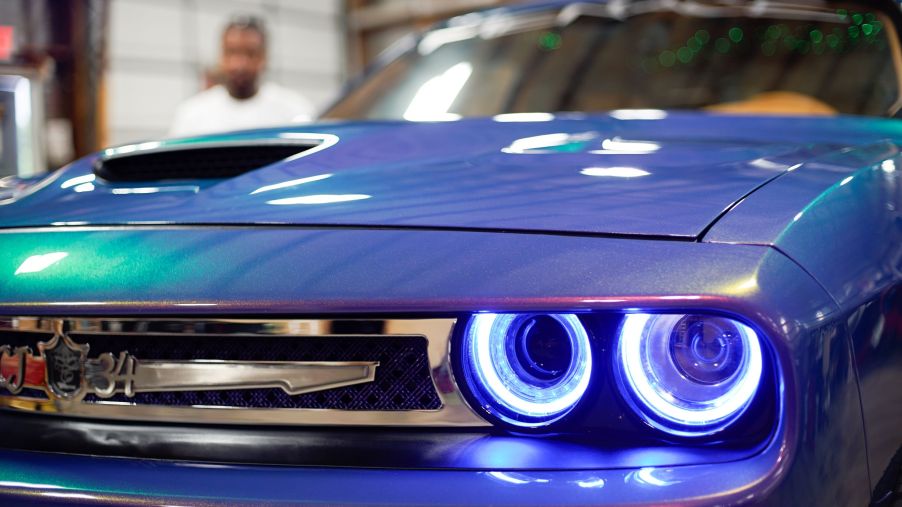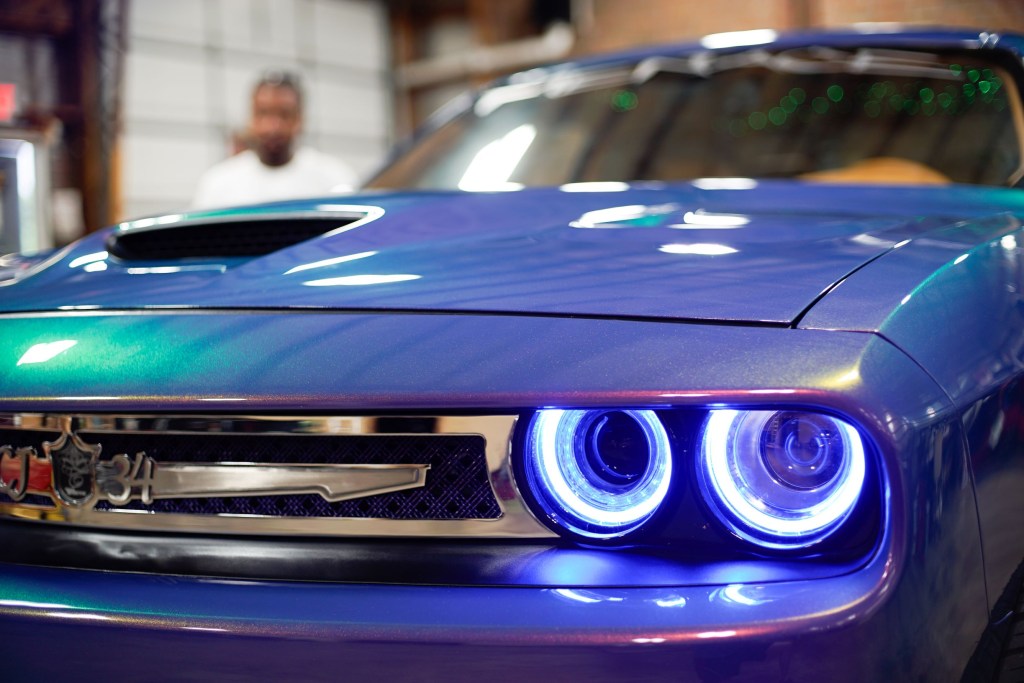
Why Do the Brightest Car Headlights Seem To Be the Bluest?
Although bright car headlights can be annoyingly dazzling, your lights are key safety accessories. Poor headlight performance is what led the IIHS to rank the Subaru Outback lower than the Legacy, for example. Still, as anyone who’s been blinded by an oncoming car with aftermarket LED or HID headlights can attest to, it’s possible to go too far. My own parents definitely can.
Recently, though, I noticed something about their complaints. Besides the glare, my parents also mentioned how blue new car headlights seem to be. And to them, the brightest lights were often the blue ones. But is there something to this?
Are blue LED or other blue car headlights actually brighter than ‘regular’ ones?
It’s not just my parents that are complaining about bright blue LED and HID car headlights. Enough people have experienced a “’ disturbing’” glare from these lights that they’ve started organizing online petitions, ABC3340 reports. And there is some scientific evidence to back up the observations.
Besides the specific bulb technology—halogen, HID, LED, laser, etc.—car headlights are categorized by their color temperature, Autoblog explains. Measured in degrees Kelvin (K), it’s based on the color a glowing object emits as it heats up, BestCarAudio explains. As the color temperature increases, the light becomes bluer and ‘cooler’; a temperature decrease means a ‘warmer’ and yellower light.

Most street-legal headlights have color temperatures in the 3400-5000 K range, Autoblog reports. At the higher end, they approach the ‘pure white’ of direct sunlight which, compared to ‘traditional’ halogens, seems bluer by comparison. However, some HID bulbs approach the 6000-K mark, PowerBulbs reports. At that point, the light becomes distinctly blue-tinged and, to some people, “harsh,” 1000Bulbs reports.
But it’s not necessarily because they put out a greater quantity of light. In ABC3340’s report, investigators parked two cars next to each other: one with LED headlights, and one with halogens. In terms of their lumens—their light output—both sets of headlights were identical. But on-lookers reported the one with LED headlights was brighter. That’s because, “all other things being equal, cooler-toned (blue) light looks brighter than warmer-toned…light,” Amerlux reports. And that’s due in part to the nature of the color-sensitive cells in our eyes, Olympus explains.
It’s not just a bluer light that makes modern car headlights seem brighter
However, when it comes to LED and halogen car headlights, they aren’t equal. And not just because the former tends to have bluer light than the latter.
LED headlights put out more lumens and respond faster than halogen ones, Car and Driver reports. As a result, our minds interpret them as being brighter, comparatively. This is called ‘perceived brightness,’ JDB Engineering explains, and it doesn’t depend on color temperature.
Plus, car headlights have evolved in more ways than just their bulbs. Headlight lenses and reflectors have improved over the decades and throw more of the bulb’s light forward, Roadshow explains. And not only is there a greater amount of light hitting the oncoming driver’s face, but it’s hitting their eyes more directly. That’s because of how tall many modern vehicles are.
In short, extremely blue LED and HID car headlights do often seem brighter than older halogen ones. But it’s not just because of the light’s color.
There might be a solution coming soon—if the US government hurries up
Unfortunately, knowing all this doesn’t really help older drivers like my parents. But a few automakers are working on it.
Adaptive headlights are an increasingly common feature on US-market cars. However, European-market cars are starting to offer an evolution of adaptive LED headlights called ‘adaptive driving beams,’ MotorTrend reports.
Rather than having distinct high- and low-beam settings, ADBs selectively dim or brighten specific LEDs. So, if you have your high beams on and come upon a driver, they won’t be blinded. Instead, the car darkens the LEDs that would otherwise shine on the car. You get the vision of high beams without dazzling oncoming traffic.
Unfortunately, current US regulations mean these car headlights aren’t legal here, Car and Driver reports. Several companies have been petitioning the NHTSA since 2013 on ADBs. But as of this writing, the agency hasn’t issued a ruling.
Follow more updates from MotorBiscuit on our Facebook page.


